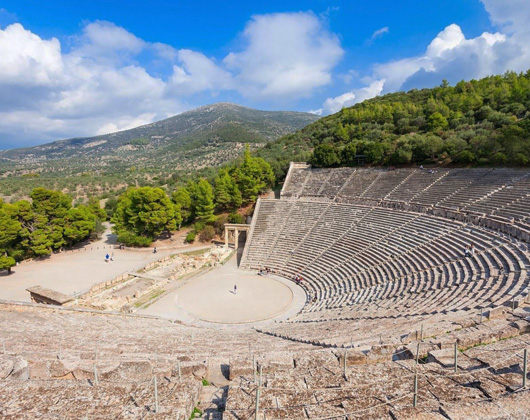
One of the most famous Ancient Theatres in the world, the Theatre of Epidavros is an amazing site built in two phases dating back to the 4th century BC (1st phase) and the 2nd century BC (second phase). With a capacity for 13.000 - 14.000 people it was and is a place for theatric plays and concerts even today.
Ancient Mycenae is an amazing site located close to Nafplio, the city-state of Mycenae was an impoortant milestone for modern civilization and gave its name to the Mycenaen Era. Visit the site and see the palace, the Lion's Gate and the beehive tombs.
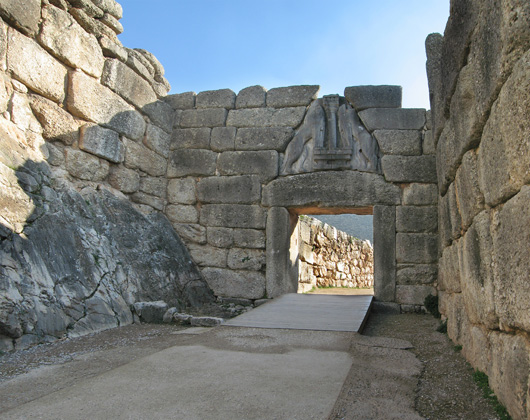

Ancient Asini is a small archaeological site but mentioned by the great Homer in the Iliad, saying that Mycenaean ships sailed from Asini to Troy. The updated site is equipped with a interactive presentation. A small structure is located there, atop a headland with an amazing view of the sea.
Built in 320 BC the theatre of Argos is one of the largest ancient theatres in Greece. With a capacity to hold up to 20.000 people and it was a place where the Nemean drama games and musical games where hosted as well as games in honour of the goddess Hera.

Housed in the west and southeest wing of the Barracks built by Kapodistrias in Argos. The neoclassical building is also clode to other buildings of significance in Argos such as the Archaeological Museum of Argos. Learn about the history of the area and see the main exhibition dedicated to Byzantine Argolis. Learn the importance of church as the centre of public life, the Byzantine market in Argolida and the life at a Byzantine Home.
Due to it's incredible geographic placement Ancient Corinth became a very wealthy and powerful city-state, controlling the passage to and from the Peloponnese. In 146 BC the city-state of Corith was destroyed by the Romans and was later rebuilt by Julius Ceasar in 44 BC.
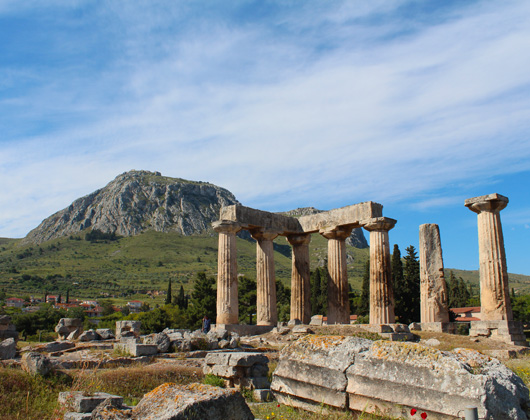
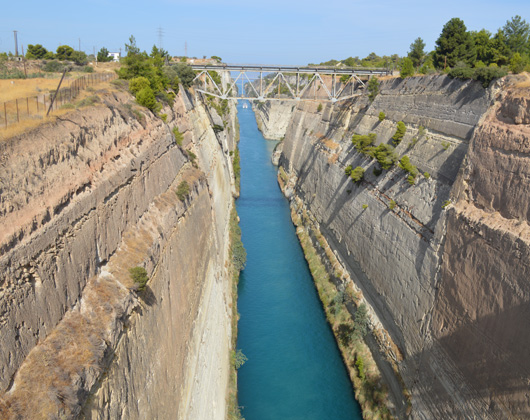
Although the idea of splitting the Isthm to create a canal was first thought of in ancient times by the tyrant Periander in the 7th century BC. it's construction took 11 years, began in 1881 and was finished in 1893. It is 6.4 kilometres in length and only 21.4 metres wide at its base, and attracts tourists from all over the world.
Visit the archaeological site of Ancient Nemea and see the Temple of Nemean Zeus. Nemean Zeus is a different god than Zeus and is the protector of shepards. Three of it's columns have stood since the time of it's original construction.
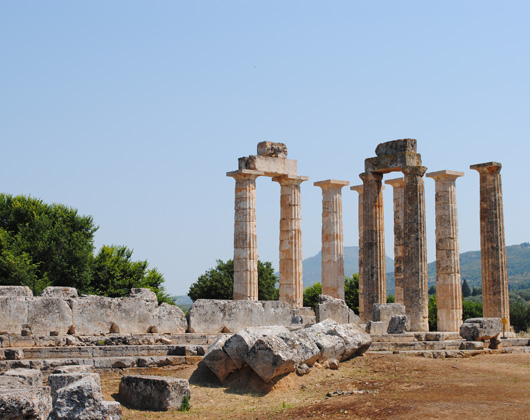
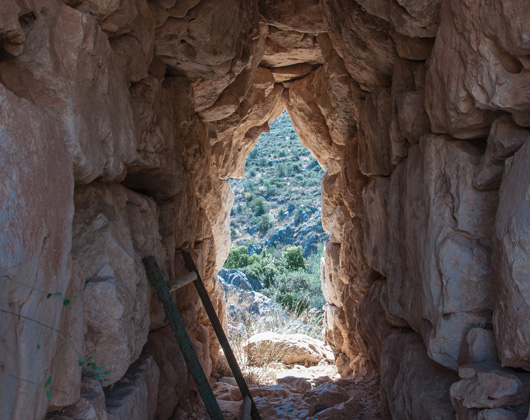
The site of Ancient Tiryns is of great importance, mentioned by Homer and reffered to as "Tyrins of the Cyclopean Walls" due to the giant stone walls protecting the city. How they were built is still a mystery and the site is protected by UNESCO as a World Heritage Site.
The Oracle of Delphi was the most famous oracle of ancient times, even kings travelling from the farthest places to get a prophecy. Visit the Temple of Apollo or the Temple of Athena and appreciate the beauty of this site.
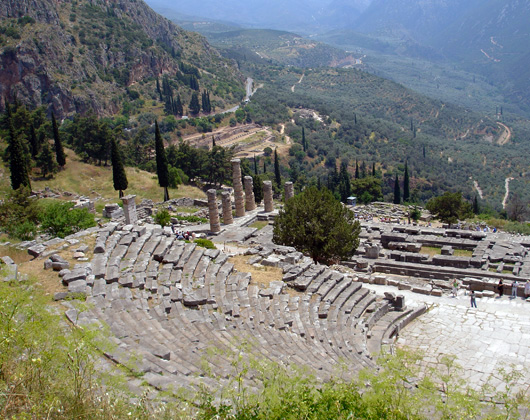
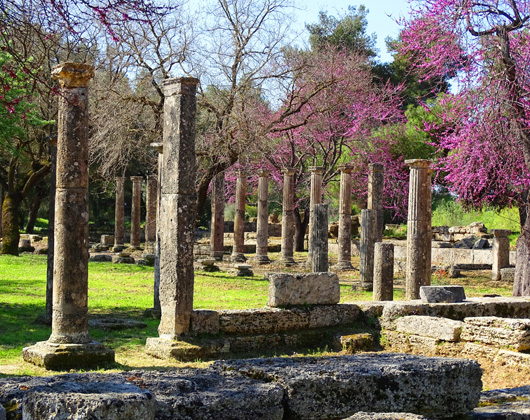
Ancient Olympia was a well known and respected city-state. Home to the Olympic Games, they were held every four years from the 8th century BC till the 4th century AD. Although the Temple of Zeus is in ruins it was home to one of the 7 wonders of the Ancient World a 42 ft. or 12 m. high statue of the Olympian Zeus decorated with ivory and gold.
Loutraki is a great escape usually used by Athens locals since it's only an hour away. Close to the sea and offering bars and shops as well as a casino and it's ideal for a great night out, especially for younger crowds.
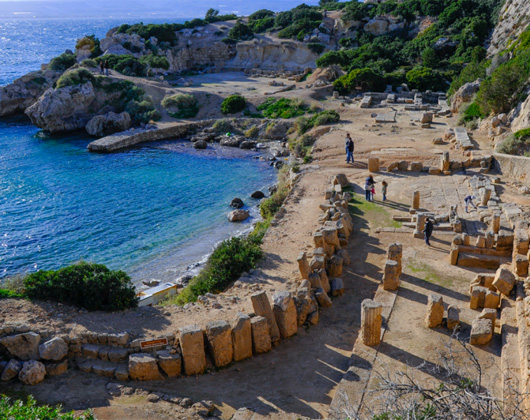
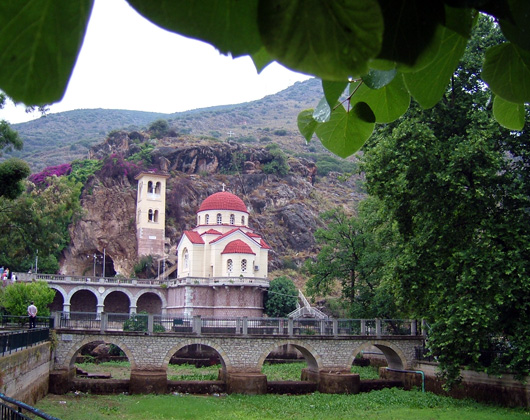
This church in Kefalari Argolida is called "Zoodochos Pigi" meaning "Life-giving Spring". The small church is built inside a cave, there used to be another church but in 1918 it was destroyed by an explosion due to an accident that happened to a building storing ammunition.
Two giant craters caused by a landslide, they are almost identical in size and thats why they call them "Twin Craters". Located in the village of Didyma (meaning "twins"), one of the craters is home to a small church St. George (Agios Georgios). Prehistoric people have taken refuge in these cave-like structures and they were also used as hiding places during the Turkish occupation.
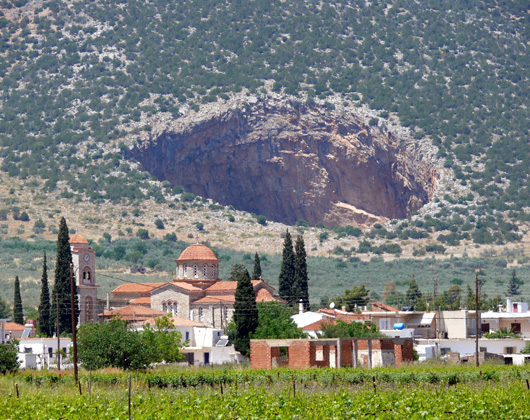
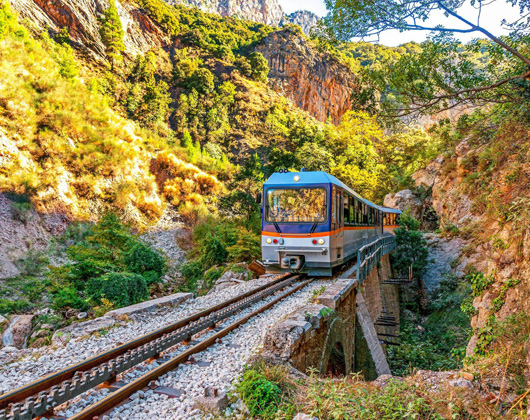
Take a beautiful ride on a train from Kalavryta to Diakopto, passing through mountains, gorges and experience a side of Greek nature you haven't seen. The rack & pinion railway built by Italian engineers 120 years ago and is still today an amzing feat of enginnering.
The islet of Monemvasia is located in the southern Peloponnese. It's only connection to the mainland is through a narrow causeway. Visit this fortified city and walk the narrow old town streets. The name Monemvasia (Moni + Emvasi) translates to Only Entrance, other names of Monemvasia are, "The Rock" and "The Gibrallter of Greece"

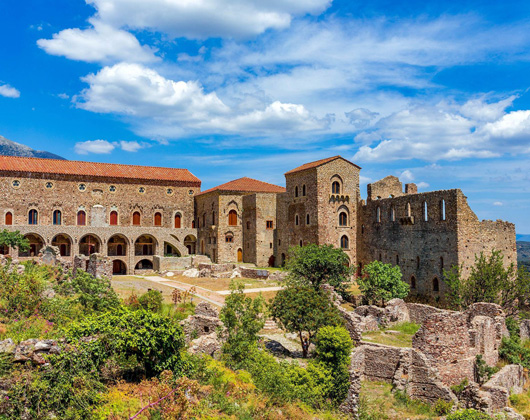
Mystras is located close to Mt. Taygetos and close to Sparta, in the south part of the Peloponnese. In it's glory days Mystras was the capital of the Byzantine Despotate of the Morea in the 14th and 15th centuries. A fortified city filled with Byzantine art, churches and wonderful houses.
The Pyramid of Hellinikon is a small pyramid discovered in the Argolida area. The geographer Pausanias speculated that the use of the pyramid might have been a tomb but another theory suggests that it was used as some kind of watch tower. There has been a debate on the dating of the site but the most popular opinion is that it dates back to the 4th century BC.
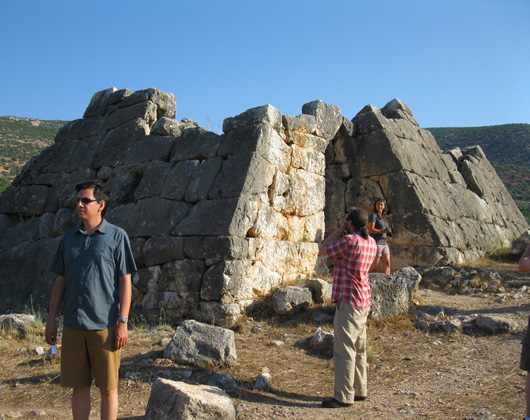
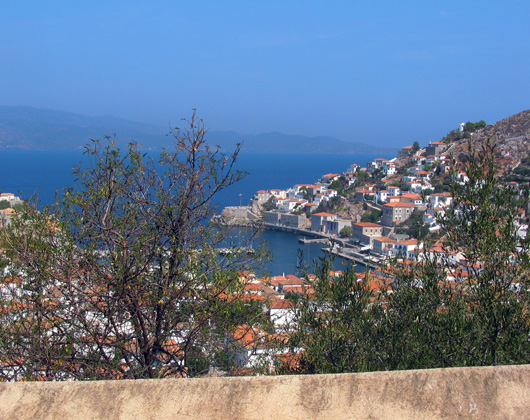
Poros is a small island pair in the Saronic Gulf in very close proximity to Athens and hence it is popular among residents of Athens. The name of the two islands the make up Poros are Sphairia (the south part) which is of volcanic origin and Kalaureia (meaning "gentle breeze") which is the largest part. The two parts are connected by a small bridge over a narrow channel.
Hydra is an island located between the Myrtoan Sea and the Argolic Gulf, in the Aegean Sea. In ancient times the island was called Hydrae (Υδρέα) in reference to the islands natural springs. Hydra also played a role during the Ottoman occupation since it had such commercial success and became a significant trading port.
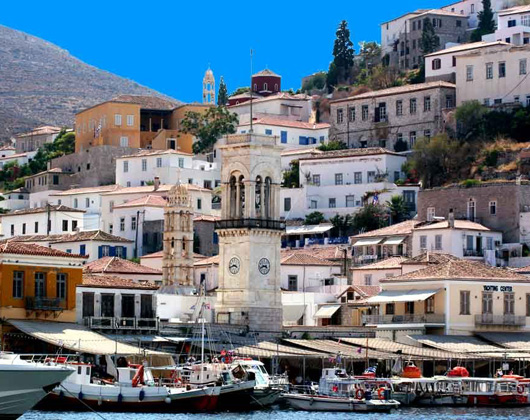
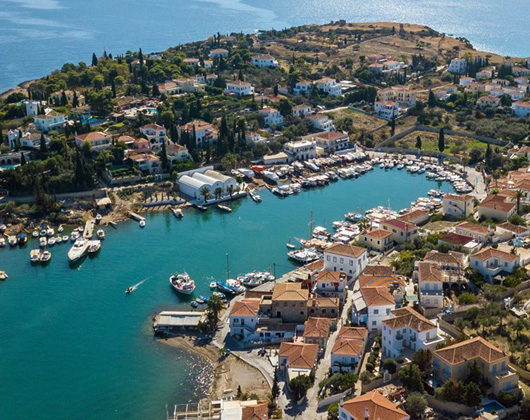
Spetses is an island in the Argosaronic, a traditional island that played an immense role during the Rebellion against the Ottoman Empire, converting commercial ships to warships. The name comes from the Franks since they called it "The Island of Spices" (Spezia).
Mainalo is a mountain in the Peloponnese, located in Arcadia. The name comes from ancient Greek and it means "Sacred Rage/Mania" reffering to the wildness of nature. Ostrakina is the mountains highest peak at 1.981 metres. The mountain is also home to a ski centre found at an elevation of 1.600 metres with 7 ski slopes and 3 lifts, ideal for a winter escape in Greece.
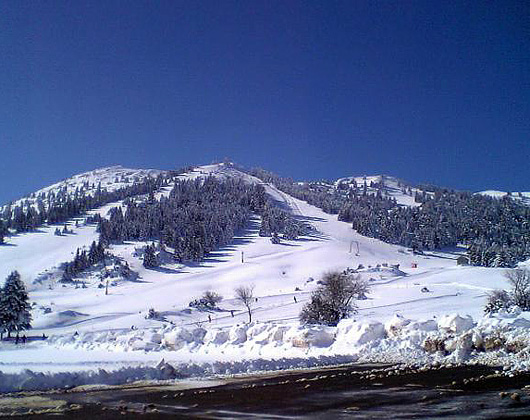

The capital city of Greece, one of the most famous cities of the world. The birthplace of democracy and home to the Acropolis, an archaeological site of great importance and with buildings such as the Parthenon, the Temple of Athena Nike and the Erechthion, a temple dedicated to both Athena and Poseidon. A must see during your time in Greece.